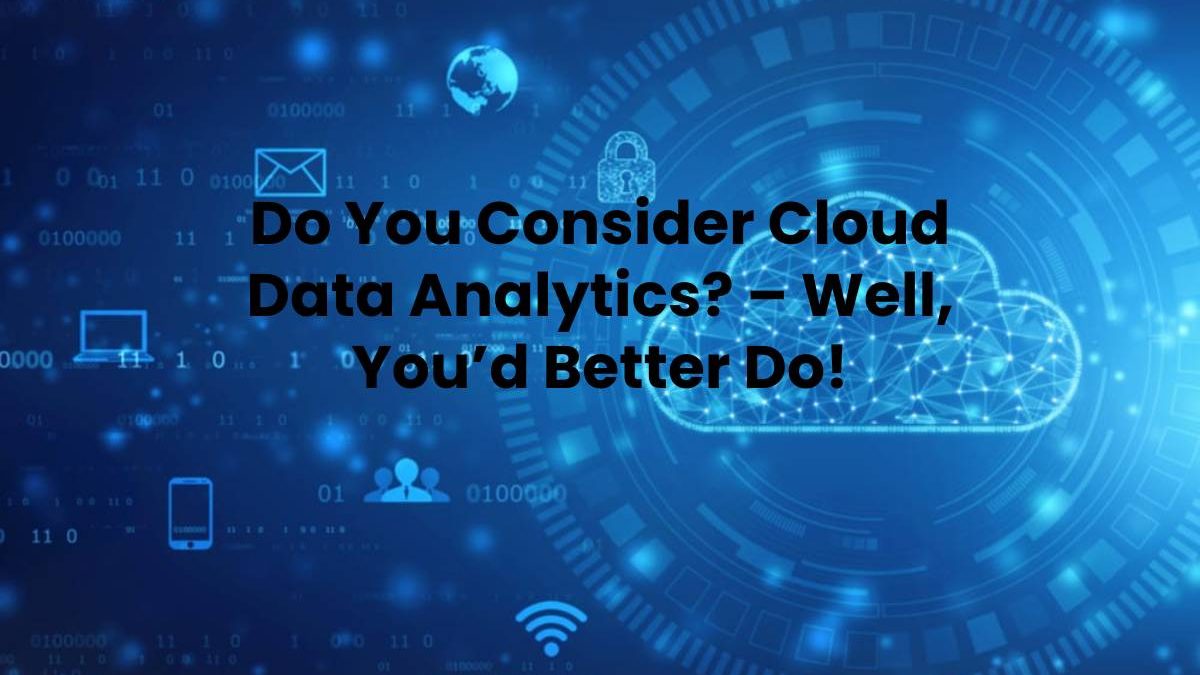As more software development companies recognize that the cloud is the best place to execute enterprise-scale analytics, the global cloud-based custom software development company analytics software market is predicted to reach $57.055 million by 2023.
Is cloud-based data analytics a good fit for your organization? To assist you in answering this question, Hanna Shnaider explains cloud analytics and its benefits, as well as a list of top cloud data analysis tools.
Table of Contents
Cloud Analytics and Its Types
Data analysis and related operations (data integration, aggregation, storage, and reporting) are conducted entirely or partially in the cloud with cloud analytics.
Three types of cloud analytics can be defined based on the cloud environment in which data analysis is performed. Because they all have advantages like no hardware expenditures, scalability, and high fault tolerance, your choice will be based on your budget, software development company, and compliance requirements:
-
Analytical work done on the cloud
Because infrastructure costs are shared across cloud tenants, the public cloud is the most cost-effective approach to conduct cloud analysis. Use a public cloud to manage big data tasks, store large data sets, and exploit cutting-edge technologies like machine learning and artificial intelligence.
-
Analytical work done in a private cloud
You might choose private cloud analytics or employ the services of custom software development companies if you want more control over your IT infrastructure to meet your data compliance or data security goals. A private cloud is physically hosted either at your data center or at a cloud provider’s site, with the development of a custom hardware and software devoted entirely to your custom software agency to satisfy such specific demands. This is, of course, the most expensive option.
-
Analytical work done a hybrid cloud
A hybrid cloud for data analysis would suffice if you can’t afford private cloud data analysis but still need to comply with data regulatory standards (HIPAA, GDPR, GLBA, etc.). You can dramatically cut analytics costs owing to cloud computing while remaining compliant with internal and external requirements by keeping some portions of an analytics solution (for example, sensitive data storage) in the private cloud and the rest in the public cloud.
The Advantages That Will Persuade You to Stay In The Cloud
1. Scalability
The cloud deployment enables you to quickly meet your upscaling needs by simply purchasing storage and compute capacity from the cloud provider as needed. It’s a significant advantage over hosting your analytics system on-premises, which would necessitate a costly upgrade of the existing IT infrastructure if additional storage capacity was required.

2. Security
The primary obstacle for development companies to install analysis in the cloud is usually security concerns. Leading cloud providers (Microsoft Azure, Amazon Web Services, and Google Cloud Platform) now use advanced security procedures to maintain a high level of security in the cloud. Encrypt your analytics solution’s data, enabling admin control, and conducting frequent vulnerability assessments and penetration testing in terms of security measures.
3. Data accessibility
Leading cloud providers promise service availability of 99.999 percent. Even if your analytics solution is disrupted due to unanticipated downtimes such as power outages or natural catastrophes, there is a near-zero chance of being disrupted with high-availability and fault-tolerant systems set up in the cloud.
4. Accessibility of data
Because your data analysis is web-based, it can be sent to any device with an internet connection, allowing you to use it from anywhere and at any time. Furthermore, cloud deployment promotes enhanced cooperation among colleagues, who can use self-service custom software or mobile app development to share and view analytics results across a cloud-based analytics platform.
Top Five Cloud Analytics Tools
At FortySeven, we believe that cloud analytics software should connect to numerous data sources, provide abundant data preparation and visualization capabilities, support advanced analytics, be simple to operate and secure, and much more. As a result, the custom software developer that makes up the team of FortySeven software professionals or FortySeven IT identified the top 5 cloud data analytics solutions based on these criteria:

1. Microsoft Power BI
Natural language processing, custom visualization, secure data governance, integrated analytics and collaboration, integration with Microsoft Azure Stream Analytics, support for five languages (DAX, Power Query, SQL, R, Python), and more are some of the key features.
Power BI Pro, Power BI Premium, Power BI Mobile, Power BI Embedded, and Power BI Report Server are some of the services provided by Microsoft.
Power BI Mobile is free; Power BI Pro costs $9.99 per user per month, and Power BI Premium costs $4,995 per month for dedicated resources.
2. Tableau
Unlimited data connectors, augmented data preparation, real-time access, natural language processing, time series analysis, role-based permissions, embedded dashboards, secure collaboration, and more are just a few of the features.
Tableau Prep, Tableau Server, Tableau Online, Tableau Data Management, Tableau Server Management, Tableau Mobile, and Embedded Analytics are some of the services provided by Tableau.
Tableau Creator costs $70 per month per user, Tableau Explorer costs $35 or $42 per user (depending on the deployment type), and Tableau Viewer costs $15 per user.
3. Oracle Analytics Cloud (OAC)
Self-service data discovery, augmented analytics, natural language processing, analytics dashboards, mobile exploration, integrated data preparation, collaboration and publication, controlled corporate analytics, embedded analytics, and so on are some of the key aspects.
Data Visualization Cloud Service, Data Visualization in OAC (any edition), Business Intelligence Cloud Service, Business Intelligence in OAC (Enterprise Edition), Mobile apps Day by Day, and Synopsis are all Oracle Analytics Cloud (OAC) services.
Pricing information is not available to the general public.
4. IBM Cognos Analytics
Built-in data management and data governance tools, automated data modeling, natural language-powered AI, and more are key features.
IBM Cognos Framework Manager, IBM Cognos Cube Designer, and IBM Cognos Transformer are IBM Cognos Analytics Services examples.
On Demand Plan: $15/user/month for standard users, $35/user/month for plus users, and $70/user/month for premium users.
5. Qlik
Built-in data preparation and integration, drag-and-drop visualizations, smart search, real-time analytics and reporting, data storytelling functionality, secure real-time collaboration, and more are some of the key features.
Qlik Sense, QlikView, and the Qlik Analytics Platform are all services provided by Qlik.
Qlik Sense Business costs $30 per user per month, Qlik Sense Enterprise costs $70 per user per month, and Analyzer costs $40 per user per month.
Conclusion
Because data quantities are increasing exponentially, the cloud is the way of the future for data analytics. Cloud analytics means more employees make timely data-driven decisions, a critical component of a software development company’s success. It also means a faster time to value, agility, and the pervasive use of analytics across your custom software development firm.

